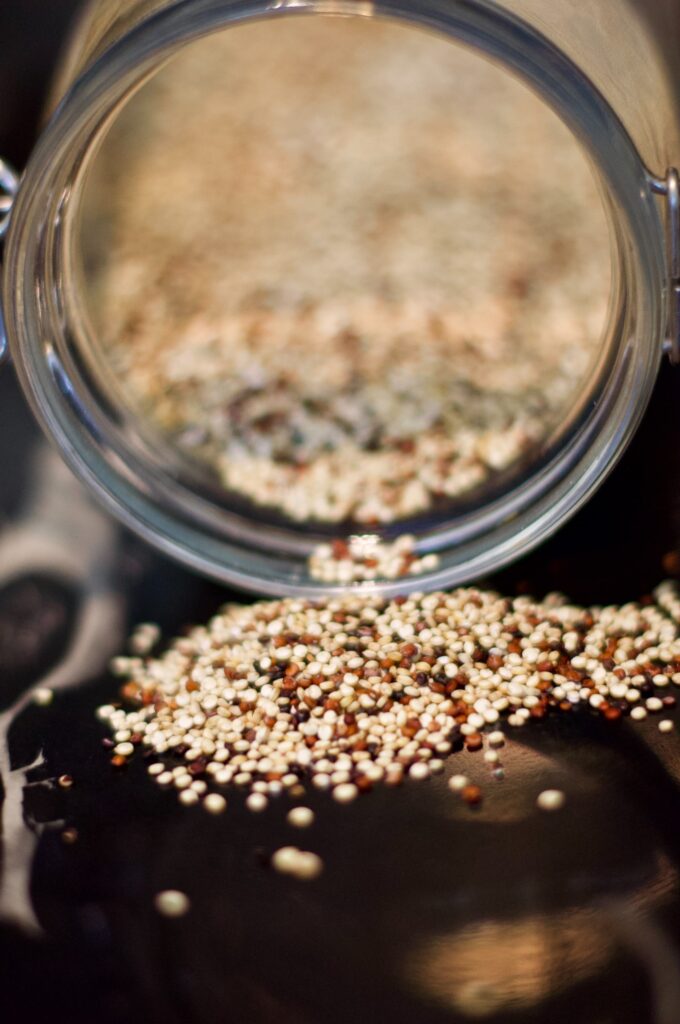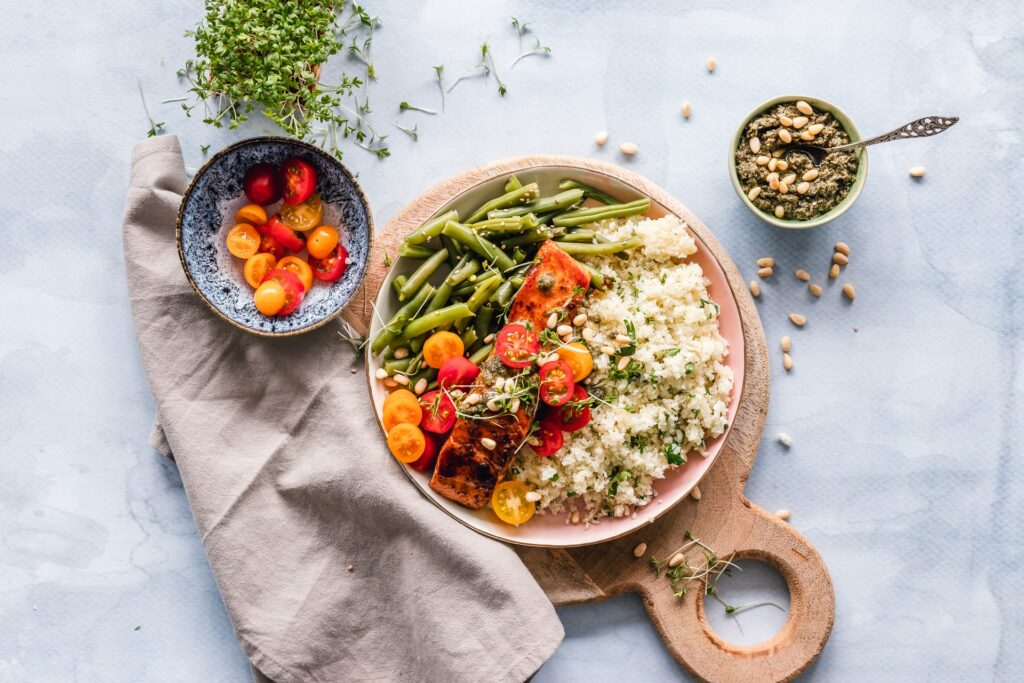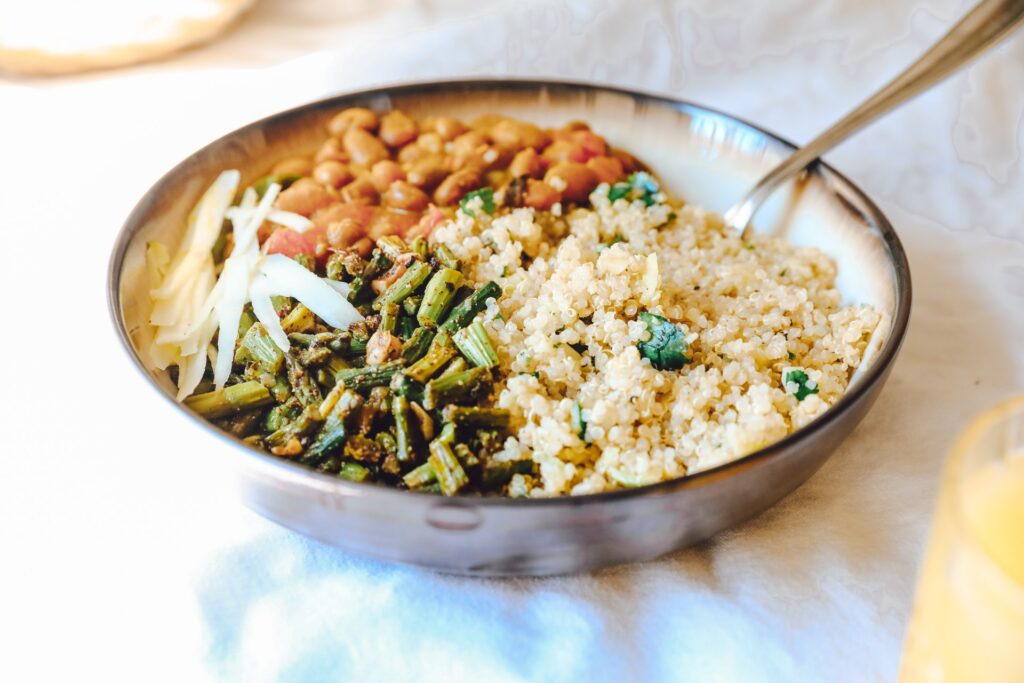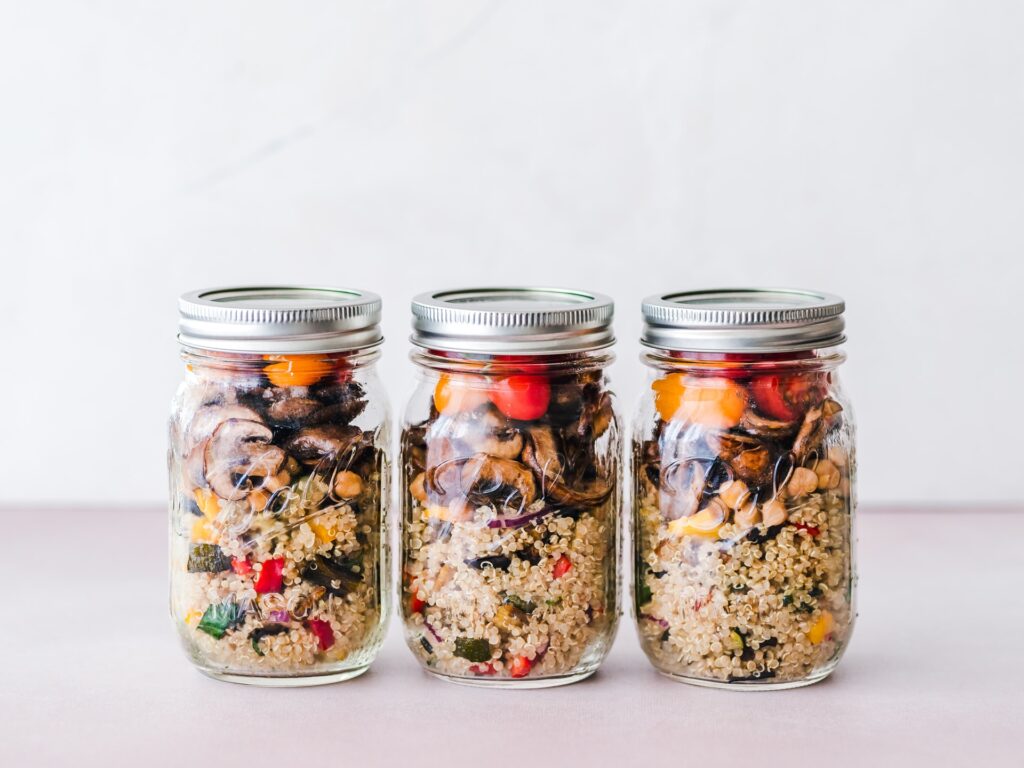4 Reasons You Should Eat Quinoa
Did You Know?
Quinoa is an edible seed originally from the Andean region of South America in countries like Chile, Peru, Ecuador, and Bolivia. It comes in 120 different varieties with colors like white, red, yellow, and black. Today it is grown in countries like the United States, Canada, Italy, and Sweden. The health benefits of the seed come from fiber, iron, magnesium, potassium, zinc, copper, and antioxidant content. Its slight nutty flavor makes it an all-purpose option as a rice substitute, cereal choice, or ground up as a flour substitute. Here are 4 reasons you should add quinoa to your diet today!
4 Benefits of Quinoa
1. High in antioxidants
Quinoa has potent flavonoid antioxidants like quercetin and kaempferol. Quercetin is found in fruits and vegetables and studies have reported its anti-inflammatory, antiviral, and anti-carcinogenic benefits. Several studies also support quercetin’s ability to inhibit inflammatory enzymes and protect the GI tract along with regulating immune cells. The second antioxidant named Kaempferol has been linked to reducing the risk of cancer through promoting programmed cell death called apoptosis. This significant mechanism is important because cancer manifests due to abnormal cell growth in unregulated apoptosis.

2. Good source of Protein
Quinoa’s protein source is especially unique because it is a complete protein, meaning it has all 9 essential amino acids. With an average protein content of 8grams, quinoa is an excellent grain source to pair with beans within a plant-based diet.
3. High in Fiber
Fiber within the diet is especially important because it comes in 2 forms: soluble and insoluble fiber to help regulate cholesterol, blood sugar, and improve bowel regularity. The best sources of both types come from whole wheat grains, fruits, vegetables, and nuts. It is important to eat from a variety of high-fiber sources to get the most health benefits. The daily recommendation of fiber for adults 50 or younger is 38grams for men and 25 grams for women. The recommendation for adults 50 or older is 30grams for men and 21grams for women. Quinoa contains 5grams of fiber, which is also important in promoting satiety after a meal. One study found whole grains like oats, buckwheat, or quinoa had a high satiating efficiency index (SEI) compared to rice or wheat products. Researchers concluded that these alternative crops (buckwheat, oats, and quinoa) should be used to impact and improve eating behavior.
Read more bout fiber here

4. May lower Cholesterol
Fiber is responsible for helping decrease cholesterol, which is an indicator of the risk of developing heart disease. Studies have been able to prove that soluble fiber can help decrease LDL cholesterol (bad cholesterol) and although no studies report an effect on HDL (good cholesterol), HDL can be increased through healthy eating habits. One study published in the American Journal of Clinical Nutrition followed adults 45+ taking statins for cholesterol and wanted to discover whether statin use combined with whole grains would improve lipid levels. Researchers found that participants who consumed more than 16g of whole grains while taking their statin medication had healthier cholesterol. The study concluded to find that a higher whole-grain consumption is superior that low whole-grain consumption in supporting balanced lipid levels. Another study followed participants over 12 weeks in 2 treatment groups: one group consumed 25g of quinoa, and the second group consumed 50g of quinoa. Researchers found that consuming 50g of quinoa reduced the risk of metabolic syndrome in obese and overweight participants. The study concluded by suggesting further research as to the mechanism of action in quinoa that produced favorable results.

What Should You Do About It?
First, talk to your doctor. Especially if you take certain medications or have a medical history. Otherwise, enjoy quinoa in multiple ways like as a salad, as a cereal option, or rice substitute. Quinoa is gluten-free, so it is also a safe food choice for most people with gluten sensitivities. Always rinse the quinoa before cooking. There is an outer coating called saponin that gives the grain a bitter taste. This coating is usually removed during the manufacturing process, but it can’t hurt to give the seeds a rinse before cooking.

How To Make It SMART
SHORT- Commit to including quinoa into your diet. There are multiple ways to eat it and benefit from its nutritious content
MEASURABLE- Quinoa will not cure one ailment but should be consumed as part of an overall healthy lifestyle. Healthy eating habits do not always need to be pre-emptive to disease, they can also support your health after diagnosis. For example, the study mentioned above followed patients who were already taking statin medications for their cholesterol. However, medication combined with healthy eating habits made an overall difference compared to medication alone. Remember, always talk to your doctor first but also be encouraged to pursue health despite your current state
ATTAINABLE- This should be something worth implementing especially as a choice to support healthy wellbeing. Quinoa can be a substitute for certain foods you already consume. For example, you can use it as breakfast food by cooking it with milk and topping it with fresh fruit, cinnamon, and nuts
REASONABLE- Quinoa is a food choice that can be substituted for other foods as a healthier choice. You don’t have to eat it all the time but consider trying
TIMELY- Commit to including quinoa into your diet to support overall health
Remember, choosing health is a lifelong journey and commitment, not a quick fix
As always,
Love yourself in health, one day at a time
